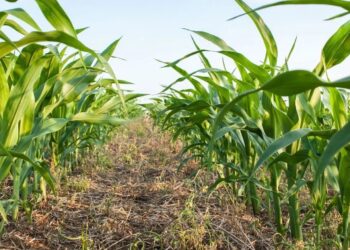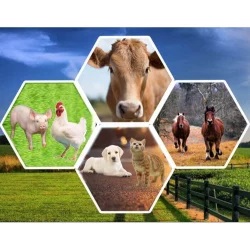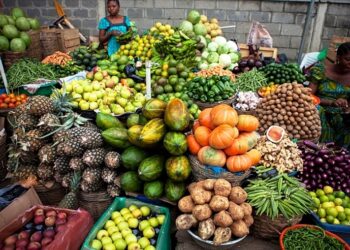Nigeria’s livestock sector has stepped into a new era of growth and visibility, with renewed attention on its potential to feed the nation, attract global investment, and transform rural communities.
The establishment of the Federal Ministry of Livestock Development in July 2025 has set the stage for sweeping reforms that experts believe will reposition the industry as a key driver of national development.
Minister of livestock development, Mukhtar Idi Maiha, described the creation of the ministry as “a blessing to the country,” praising President Bola Ahmed Tinubu’s decision to carve out a dedicated ministry from the larger agriculture portfolio.
According to him, the move provides a long-overdue platform for livestock to fully contribute to Nigeria’s Gross Domestic Product (GDP) and address issues that have plagued rural areas for decades.
At the heart of the ministry’s agenda is the National Livestock Growth and Resilience Strategy (NLGARS), a five-year policy document designed to guide interventions across the sector.
The strategy draws on past initiatives such as the National Livestock Transformation Plan (NLTP) and other policy frameworks, but with a broader vision for productivity, sustainability, and peacebuilding.
“We needed a compass to direct the future of the sector. Without a clear destination, progress is impossible. That’s why NLGARS is central—it sets the course for the next five years,” Maiha explained.
The strategy outlines interventions in animal health, pasture development, feedlots, abattoir rehabilitation, and dairy processing. It also prioritises training and investment opportunities that will generate jobs, strengthen food security, and open the door for smallholder farmers to thrive.
Momentum is spreading beyond Abuja. While only three states had livestock ministries a year ago, 16 states now operate dedicated livestock ministries or agencies.
This alignment, Maiha said, is evidence that President Tinubu’s vision is resonating across the federation and setting a new benchmark for agricultural governance.
The international community has also taken notice. At the recent African Union Food Systems Summit in Dakar, livestock ministers from across Africa met for the first time in what was called the Livestock Ministerial Deep Dive.
Nigeria’s presence at the forum, Maiha said, signaled the country’s emergence as a serious player in continental food systems.
Beyond Africa, global investors are showing keen interest. Brazilian meat giant JBS signed a letter of intent worth $2.5 billion for livestock investment in Nigeria, while other firms, such as Menewa, have entered into discussions with the ministry. These developments, Maiha noted, could transform Nigeria into a hub for livestock business on the continent.
But livestock is not just about economics. For Maiha, it is also about peace.
He believes that reducing farmer-herder clashes requires reimagining the countryside—not as a battlefield, but as a zone of productivity.
“Our countryside should have tractors, not armored personnel carriers. Milking machines should replace machine guns. We need peace to develop,” the minister said.
The ministry has launched peace initiatives in collaboration with security agencies, traditional rulers, and associations such as the Miyetti Allah Cattle Breeders Association of Nigeria (MACBAN).
A national peace campaign is scheduled to roll out soon, aimed at fostering understanding between farmers and herders while addressing long-standing tensions in rural communities.
With plans to rehabilitate dormant livestock facilities, expand dairy and beef production, and boost animal health services, the ministry is confident the sector can deliver food security, create jobs, and lift millions out of poverty.
“The task is huge, but the vision is clear. “We are not scared—the challenges are exciting,” Maiha said.
As the ministry begins implementing its blueprint, the livestock sector is set to become not only a driver of food and nutrition security but also a source of foreign investment and a foundation for lasting peace in Nigeria’s rural communities.





